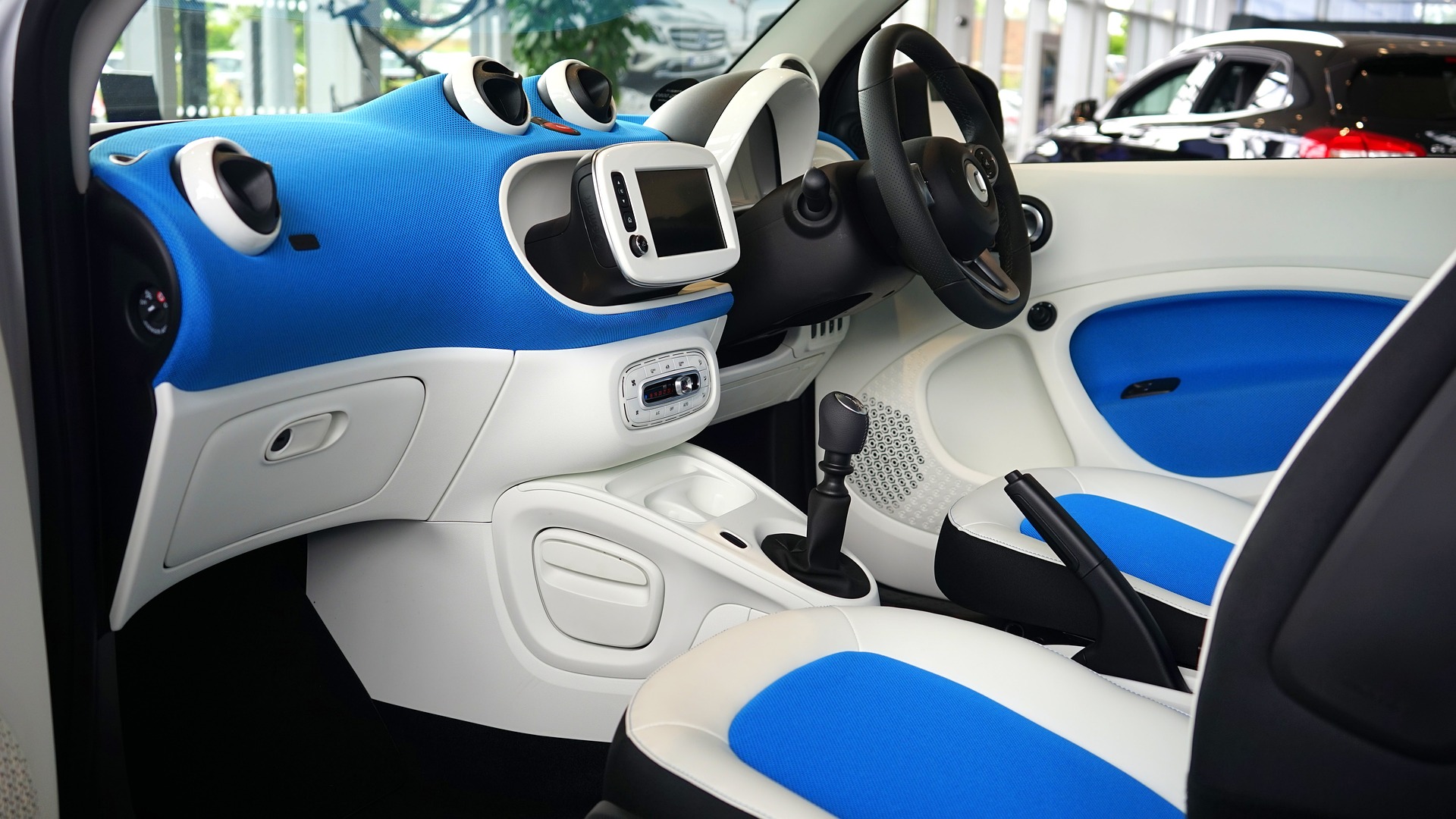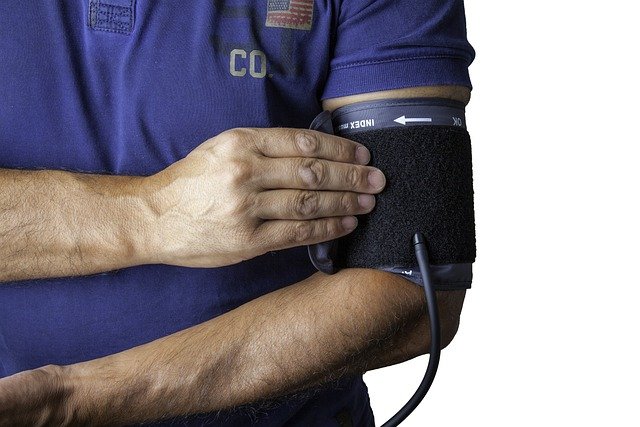Crafting the Future: 3D Printing in Automotive Manufacturing
Imagine a world where a car part can be created at the touch of a button, reducing waste and enhancing customization. This is not a distant dream but a reality driven by 3D printing in the automotive industry. As this technology evolves, it reshapes how vehicles are designed, produced, and even owned. Let's delve into this transformative trend.

A Brief History of 3D Printing in Automotive
3D printing, or additive manufacturing, began as a tool for rapid prototyping in the 1980s. The ability to create a physical model from a digital design quickly gained traction in various industries. For automotive manufacturers, it offered the chance to experiment with design without the high costs associated with traditional manufacturing methods. Over the years, the technology has advanced, allowing the production of more complex and durable materials, suitable for real-world automotive applications.
The Present Landscape: Trends and Innovations
Today, 3D printing is more than a prototyping tool. It is used in the production of end-use parts, from interior components to engine parts. Leading manufacturers like Ford and BMW are investing in 3D printing to streamline production and enhance vehicle customization. The trend is driven by the need for efficiency, sustainability, and the ability to quickly adapt to changing consumer demands.
Benefits and Challenges of 3D Printing
The benefits of 3D printing in the automotive industry are manifold. It allows for the creation of lighter parts, which can improve fuel efficiency. There’s also the potential for cost savings in production and material waste. However, the technology is not without challenges. The high initial investment and the need for specialized skills can be barriers to widespread adoption. Additionally, ensuring the strength and durability of 3D-printed parts remains a critical focus for manufacturers.
The Impact on Car Design and Production
3D printing is revolutionizing car design by allowing for more complex geometries and bespoke designs that were previously impossible or too costly to produce. This technology enables manufacturers to create parts tailored to individual customer preferences, paving the way for more personalized vehicles. In production, 3D printing reduces lead times and allows for on-demand manufacturing, which can significantly cut down on inventory costs.
Looking Ahead: The Future of 3D Printing in Automotive
As 3D printing technology continues to advance, its role in automotive manufacturing is set to expand. We can expect further integration of this technology into mainstream production processes, leading to more innovative vehicle designs and improved supply chain efficiencies. The future holds the promise of not just enhanced customization but also the potential for more sustainable manufacturing practices, aligning with the industry’s broader goals of reducing environmental impact.
In conclusion, 3D printing is not just a tool but a catalyst for change in the automotive industry. As car manufacturers continue to explore its potential, we are witnessing the dawn of a new era in vehicle production, where creativity meets cutting-edge technology to redefine what is possible on the road.




